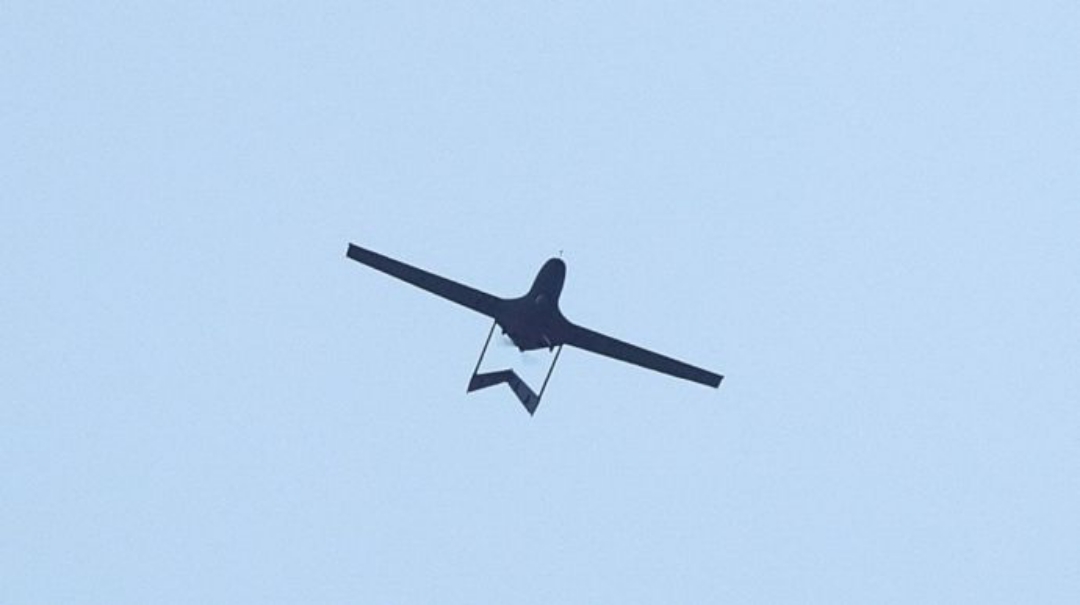Ukraine launched more long-range drones than Russia in July – Forbes
2 August 2024 11:21
For the first time, Ukraine is carrying out more long-range drone attacks than Russia. This was reported by "Komersant Ukrainian" reports with reference to Forbes.
According to published data, in July, Russia launched 426 Shahed drones at Ukraine. Over the same period, Ukraine retaliated with more than 520 drones.
It appears that Russia is less effective at shooting down attacking drones, as Ukrainian strikes cause more economic damage to oil refineries and other targets. Ukraine may have the advantage in a strategic long-range drone warfare. President Zelenskyy has promised that new and better strike drones will be available.
Russia exhausted most of its stockpile of long-range ballistic and cruise missiles in the first months of the war. Although production has increased since 2022, Russia appears to be launching missiles at about the same rate as they are being produced – about 120 per month.
Russia’s main weapon of choice is the Iranian-designed Shahed drones, known in Russia as Geraniums. They are easy to manufacture and cost only $20,000, compared to a million or more for a missile. Originally imported from Iran, the Shaheds are increasingly being produced under licence agreement at a giant new plant in Alabuga, east of Moscow.
The basic characteristics of the Shahed remain unchanged: a propeller-driven drone with a 2.4-metre wingspan, flying at around 177 km/h and carrying a warhead weighing just over 45 kg. The main advantage of the Shahed is its range, which exceeds 1,600 km and can reach 3,200 km.
Ukraine typically claims to shoot down 90% of incoming Shaheds, and sometimes 100%. Although this cannot be verified, the threat does not appear to be increasing. In response, Ukraine has developed a wide range of different long-range strike drones. An HI Sutton analyst has identified at least 22 different models, ranging from converted light aircraft to specially designed jet attack drones.
In 2023, Ukraine was producing only “dozens” of Shahed drones per month, according to defence industry officials. The attacks, while often high-profile, were small-scale. This has changed. Mass attacks are becoming more common.
According to Russian officials, Ukraine launched more than 524 disposable attack drones in July, compared to less than 200 in each of the previous two months. This appears to be the first month in which the Ukrainian total exceeded the Russian number.
Ukraine’s campaign is multi-pronged, targeting a variety of high-value targets. One set of targets are oil refineries and oil and gas storage facilities. Another set of targets are Russian military air bases.
In addition to its economic and military effects, the drone campaign is a political weapon. Rising gas prices and burning oil tanks convey to Russians the true consequences of invading Ukraine.
One million drones and modernising the army
The decision to maximise state support for drone production was made in March 2023, when the government approved a resolution. Since then, the Ministry of Digital Transformation has been actively working to expand production, provide maximum support to drone manufacturers, and remove bureaucratic obstacles to the creation of UAVs. Recently, Minister Fedorov launched the People’s Drone initiative, under which every citizen can assemble a drone at home at their own expense.
In late 2023, President Volodymyr Zelenskyy expressed confidence that Ukraine would produce one million drones for the frontline by 2024, referring to FPV drones. Minister Fedorov responded with assurances that this target would even be exceeded. Deputy Minister for Strategic Industries Hanna Hvozdyar argues that Ukraine is capable of producing significantly more than one million drones a year, and current production is already ahead of schedule.
In his last article in the Western press on the eve of his dismissal as Commander-in-Chief of the Armed Forces, Valeriy Zaluzhnyi stressed the need for a technological breakthrough in the army, with a particular focus on unmanned technologies. The Commander-in-Chief claimed that it would take only 5 months to reorient the army to unmanned systems.
After his dismissal, Supreme Commander-in-Chief Volodymyr Zelenskyy instructed the government to work on the creation of a separate type of troops in the Armed Forces – the Unmanned Systems Forces. They were formally established on 6 February 2024.
More news on the Kommersant Ukrainian telegram channel – https://t.me/komersant_ukrainskyi.









